Winspace SLC 3.0 – Brilliant Frame but…
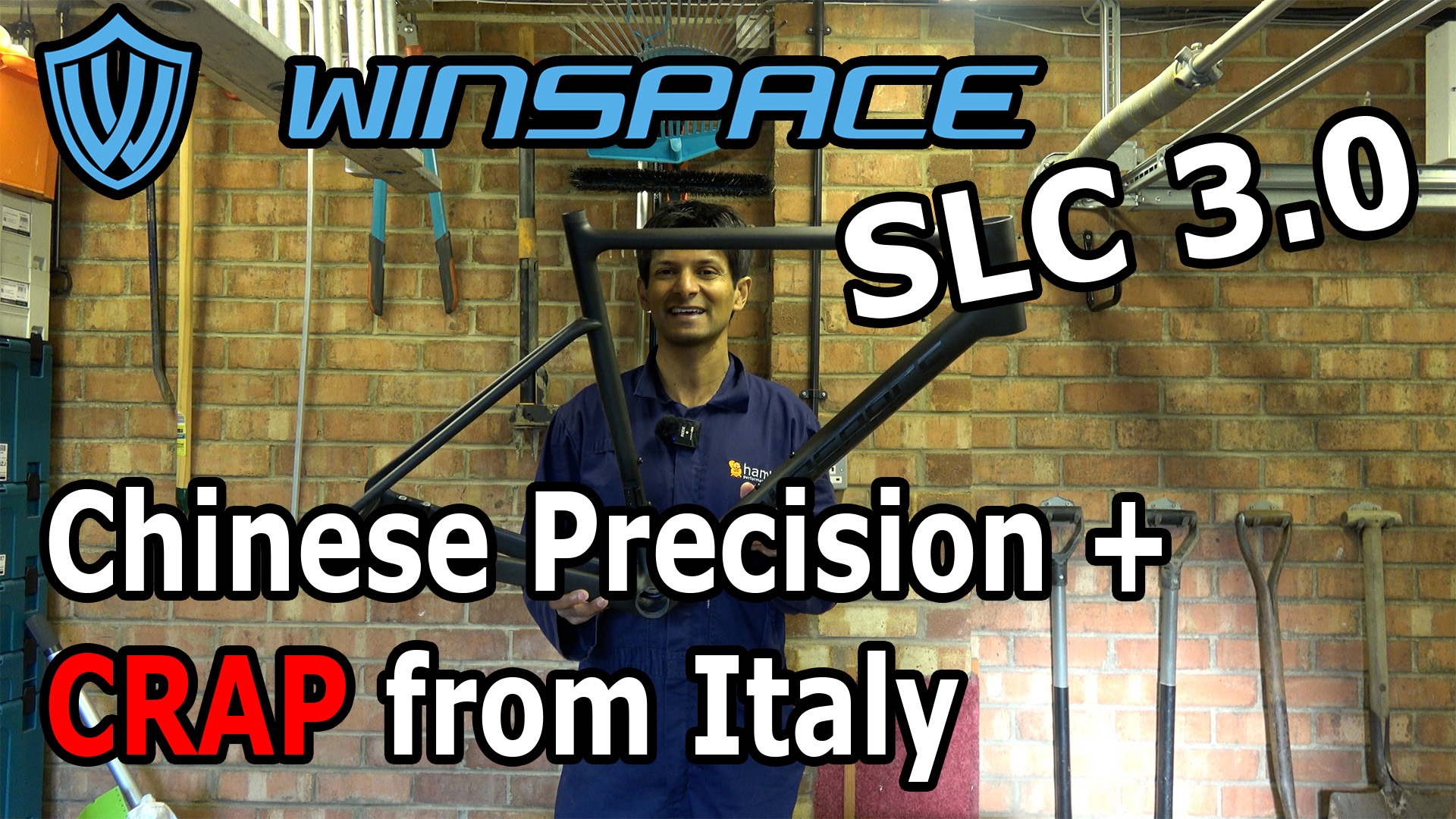
The Winspace SLC 3 is the latest evolution of the brand’s lightweight climbing platform, aimed at riders who prioritise low weight. Built around a carbon frame constructed with a blend of Toray T800 and T1000 fibres, the SLC 3 maintains a solid stiffness-to-weight ratio while keeping overall mass to a minimum.
Key updates in this third-generation model include a move to fully internal cable routing through an integrated cockpit, cleaning up the aerodynamics and following current industry trends. The frame conforms to modern road standards: UCI certification, flat-mount disc brakes, and a press-fit BB86 bottom bracket. There’s also clearance for 32 mm tyres, which adds a bit of versatility for less-than-perfect roads.
Geometry is firmly race-oriented, with a steep head tube angle and short chainstays that deliver nimble handling. It’s clearly tuned for climbing and fast cornering, though it might feel a bit twitchy for those used to more endurance-focused frames.
Company Background
Founded in 2008, Winspace is a privately held Chinese cycling company headquartered in Xiamen, Fujian Province, a region renowned for its carbon fibre manufacturing expertise. With a large team of employees, Winspace has established itself as a significant player in the global cycling industry. The company’s core competencies include the design and manufacture of carbon fibre bicycles, wheels, and related components, catering to both original equipment manufacturers (OEM) and its own branded products.

EPS Moulding
The Winspace SLC 3 employs an advanced one-piece EPS (Expanded Polystyrene) moulding process in the fabrication of its carbon frame. This technique replaces the traditional bladder moulding method with precision-shaped EPS forms that remain in place during the layup and curing phases. The result is a more uniform distribution of resin, tighter control over wall thickness, and the elimination of internal wrinkles or voids that can compromise structural integrity.
The EPS method enables Winspace to execute complex carbon layups with high consistency, particularly in high-stress junctions such as the head tube, bottom bracket, and chainstay areas. By using a continuous layup approach within a monocoque design, the SLC 3 benefits from enhanced load path continuity translating to a stiffer and more efficient transfer of torque and subsequently power.
Compared to its predecessor, Winspace claims a 31.8% increase in torsional stiffness at the head tube and a 36% increase in the bottom bracket area. These gains are directly attributed to both material improvements (use of high-modulus Toray T1100 and T1000 carbon fibre) and the precision offered by EPS moulding.
This approach not only reduces redundant material and excess resin which contributes to overall weight savings but also ensures a smoother, more controlled internal surface. From a manufacturing standpoint, EPS moulding allows for greater repeatability and quality assurance, making it a compelling choice for high-performance carbon frames like the SLC 3.

BB86 Bottom Bracket
The Winspace SLC 3 uses the BB86 bottom bracket standard, which is a press-fit system with an internal shell width of 86.5 mm and an internal diameter of 41 mm. It was originally designed for use with 24 mm spindle cranks, such as Shimano Hollowtech II or SRAM GXP (with adaptors), and is known for offering a good balance between frame stiffness and Q-factor efficiency in lightweight road bikes.
However, compatibility becomes more complex when considering SRAM’s DUB cranksets. DUB cranks use a 28.99 mm spindle, which was intended to unify SRAM’s mountain and road platforms under a single standard. While DUB can be adapted to work with BB86 frames using specially designed bottom brackets (like SRAM’s own DUB press-fit BB86 unit), it introduces several engineering compromises.

Why DUB Isn’t Ideal in a BB86 Shell:
- Minimal Shell-to-Spindle Clearance: The BB86 shell has a narrow internal diameter, leaving very little space to accommodate the larger 28.99 mm DUB spindle and the required bearing cups. This forces bearing sizes to be smaller and thinner than optimal, often resulting in reduced durability and increased drag.
- Increased Bearing Load: Smaller bearings are more prone to wear under high loads, particularly in out-of-saddle efforts. This may reduce bearing life compared to setups using 24 mm spindles.
- Press-Fit Tolerance Sensitivity: BB86 is already sensitive to frame tolerances, and combining that with a DUB setup can increase the likelihood of creaking or premature bearing wear if tolerances aren’t absolutely spot-on.
- Weight and Complexity: DUB-specific bottom brackets for BB86 often involve extra hardware or oversized cups, negating some of the system’s original intent of simplicity and weight savings.
In short, while it is technically possible to run a DUB crankset in a BB86 frame, it’s far from ideal. A better match for the Winspace SLC 3 would be a crankset designed for 24 mm spindles, which aligns more naturally with the BB86 shell’s intended tolerances and bearing interface. You can read more about this here
Disc Brakes
The Winspace SLC 3 is equipped exclusively with flat-mount disc brake mounts, aligning with contemporary road bike standards. This design choice enhances braking performance, particularly during high-speed descents and in variable weather conditions.
The frame accommodates 12 mm thru axles, 119 mm at the front and 163 mm at the rear, ensuring precise wheel alignment and improved stiffness. This setup contributes to consistent braking and responsive handling.
Notably, the SLC 3 does not offer a rim brake version, marking a departure from its predecessor, the SLC 2.0. This shift reflects the industry’s broader move towards disc brakes, which provide superior modulation and stopping power. While some riders may prefer rim brakes for their simplicity and lighter weight, the disc only configuration of the SLC 3 is designed for modern trends
Headset… The only negative
The Winspace SLC 3 uses an integrated headset system that uses large bearings to allow the routing of cables. This setup is common in modern road bikes, particularly those using fully internal cable routing through the headset, as the SLC 3 does with its integrated cockpit.
These headsets rely on precision-machined bearing seats in the carbon head tube, where angular contact bearings sit directly without the use of pressed-in cups. The system is clean, lightweight, and aerodynamic, but it also demands extremely tight manufacturing tolerances. While there were no issues with the frame, there were some issues with the bearing which appears to have been supplied by FSA or Acros, FSA claimed the tolerances on the bearing were acceptable (+/-0.2mm).
To Winspace’s credit, this was remedied extremely quickly, but it begs the question whether this would be picked up by untrained individuals. The problems and solutions can be seen in the video.
Ride Quality
The Winspace SLC 3 frame offers a notably well damped ride, effectively smoothing out road buzz and surface imperfections. However, this level of comfort does come with a trade off. Some noticeable flex can be felt in the seatpost, particularly if a significant portion extends above the frame. The amount of flex will vary depending on rider setup and saddle height.
For those prioritising ride comfort without completely sacrificing performance, especially when putting power down out of the saddle, the SLC 3 strikes a practical balance. It is a bike that leans towards compliance rather than bone rattling stiffness, which will suit riders logging long hours or tackling rougher roads.
While stiffness and damping are inherently subjective qualities, often influenced by rider weight, position, and expectations, the SLC 3 does present a distinctly “plush” feel. It is not a sofa on wheels, but it certainly leans into comfort more than many race focused frames. This characteristic will appeal to riders who want to stay fresh over longer distances without feeling every ripple of the tarmac beneath them.














Overall
The Winspace SLC 3 is a well engineered frame with precise construction and clean finishing, demonstrating a high level of manufacturing consistency. Apart from the headset issue, it presents no significant concerns and is structurally sound. Its geometry is reminiscent of the Giant TCR.
When building the SLC 3, there are two technical considerations worth noting. First, the integrated cockpit and internal cable routing are best supported by using Winspace’s proprietary bar and stem system. This ensures compatibility with the internal cable path through the headset bearing top cap and avoids unnecessary friction or cable bend radii that can affect shifting,steering and braking performance.
Second, the choice of crankset is critical due to the frame’s BB86 press fit bottom bracket standard. This system is optimised for 24 mm spindle cranksets, such as Shimano Hollowtech II or SRAM GXP. Larger diameter spindles like SRAM DUB (28.99 mm) or 30 mm systems are physically compatible via oversized bearing cups but introduce mechanical compromises namely reduced bearing size, increased drag, and potential long term durability issues due to limited shell diameter and bearing overlap. A 24 mm spindle is the most appropriate solution within the BB86 interface for optimal performance, efficiency and service life.
Watch on YouTube
Links and Discount Code
The code HAMBINI10 will get you 10% off.
Discounts at other suppliers are available here

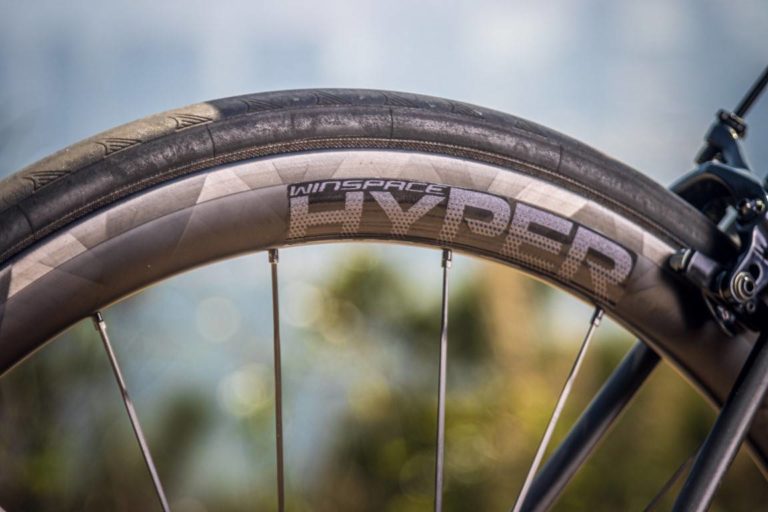
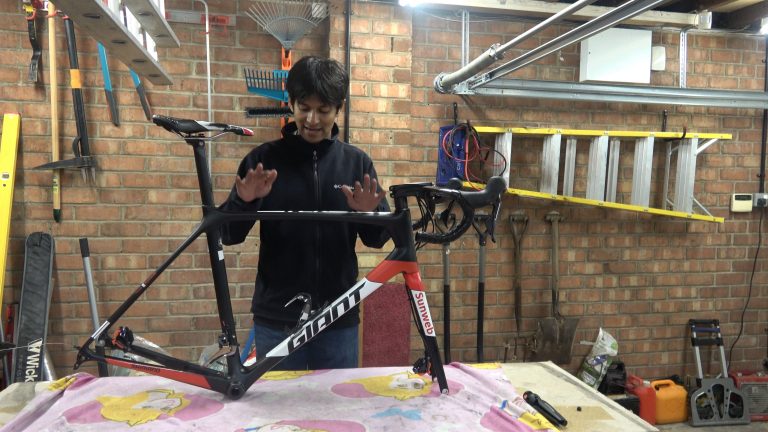
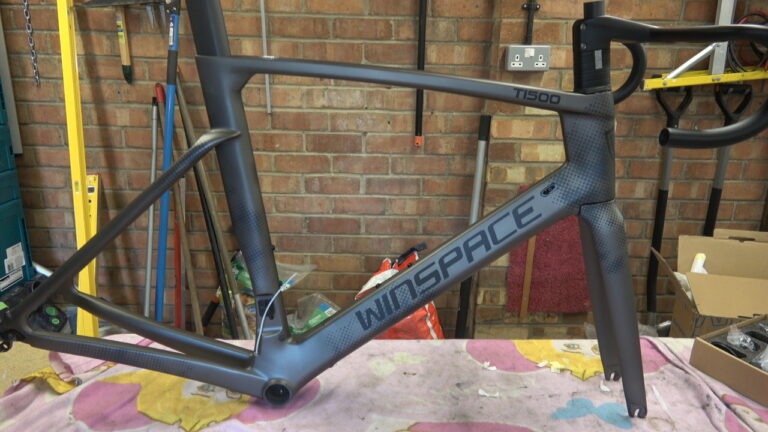
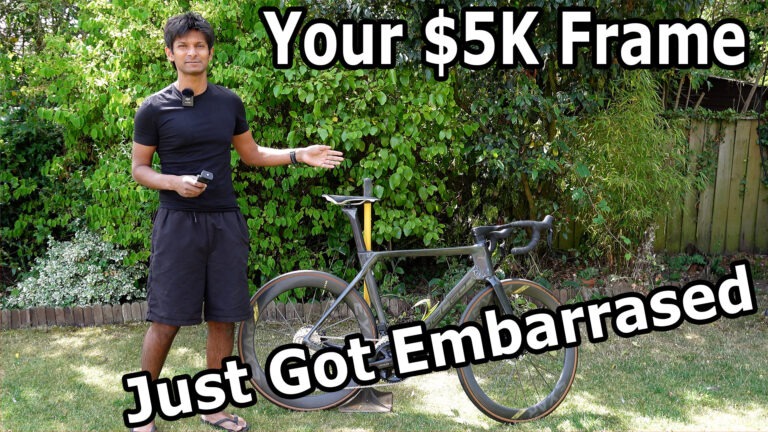
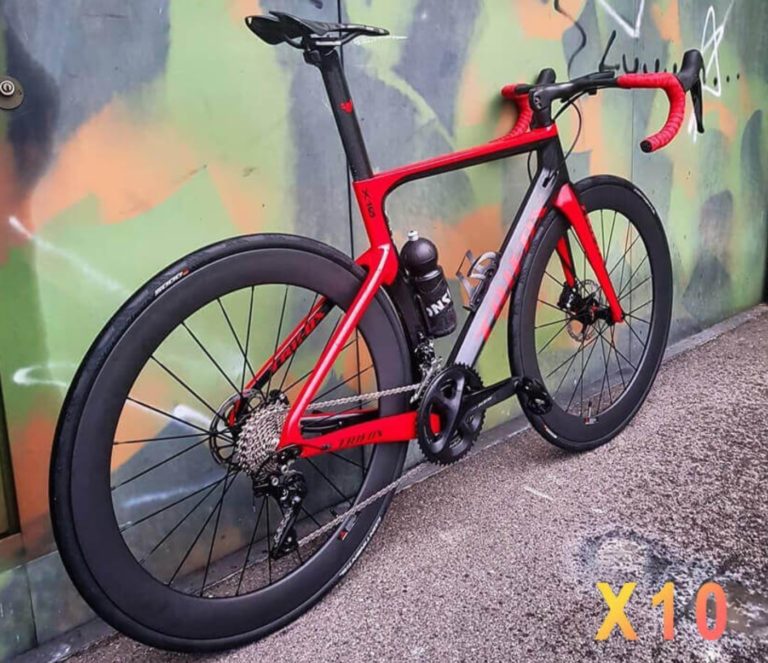
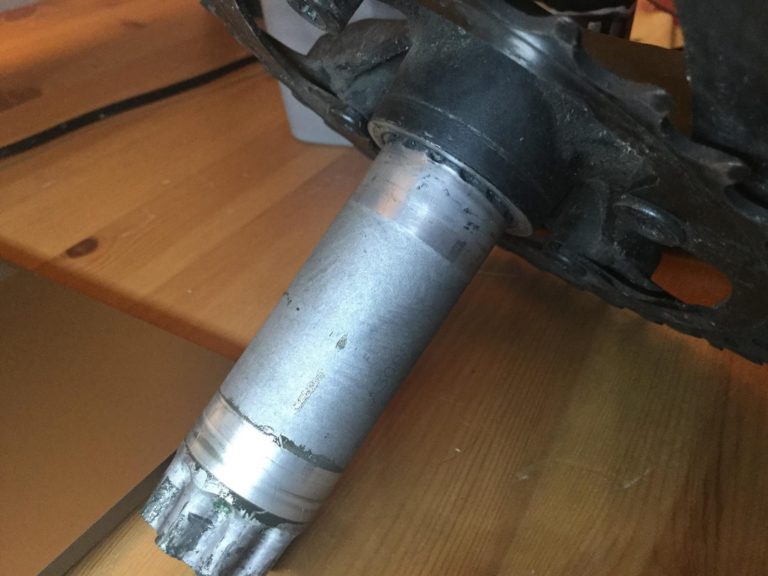
This SLC3 is my third Winspace and all of them have used BB86 DUB with zero issues. To your point I am a lighter rider who doesn’t put out loads of watts so maybe that is what has kept the bearings in check. Either way the few issues I have had with the SLC3 are the conical rail slipping and stripping the post even with paste and under proper torque, thus having to resort to a Roval Alpinist post that used a two bolt system. Secondly, the seat clamp with proper torque cracked and had to be replaced. I would say all of these have been minor issues.
You and many other reviewers have stated the “compliance” in the SLC3 mainly due to the circular seat post, however I found since the SLC3 uses a more traditional top tube geometry wise, as a smaller rider I am not getting a ton of SOH thus seat post sticking out. I will say the bike is no where near as harsh as their T1500/T1550 series but again as a smaller rider I am not getting a massive amount of seat post like you.